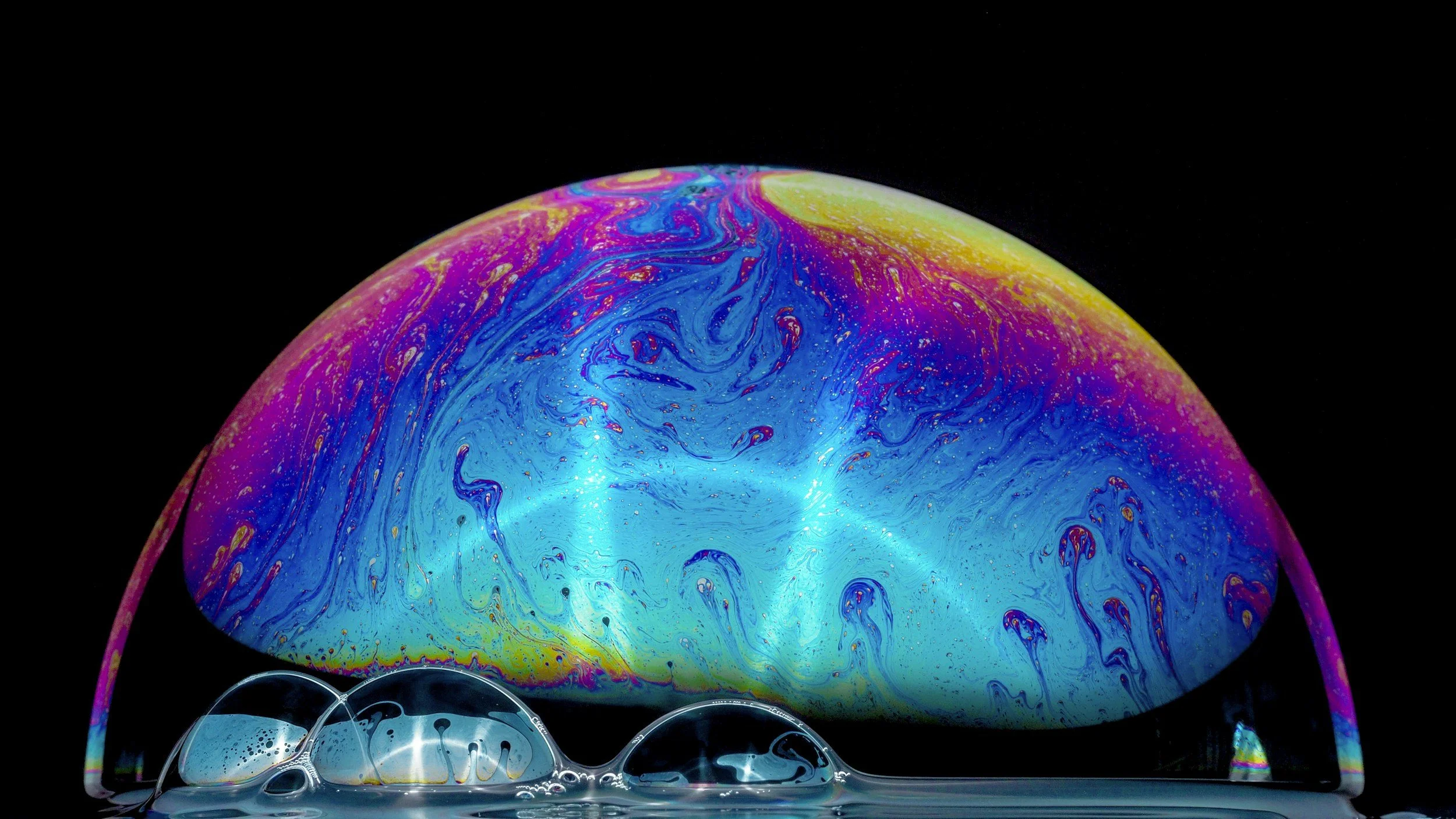Breaking the Bubble: Mike Monroe, 1992, and the Archetype of Separation in Northern Exposure Season 4
By Lisa Gunshore
In Season 4 of Northern Exposure, the character of Mike Monroe—known as the “bubble man”—brings one of the most potent and symbolic storylines in the entire series. His arc, which begins in Episode 5, is far more than a quirky plot about a man allergic to the modern world. It’s a mirror of a collective anxiety rising in the early 1990s and a profound metaphor for the way we separate ourselves from truth.
The Bubble Archetype
The idea of living inside a bubble has long fascinated storytellers. In 1976, The Boy in the Plastic Bubble with John Travolta introduced us to a boy who had to live in a germ-free enclosure. In 1992, Seinfeld parodied the same concept with its infamous “Bubble Boy” episode. And that same year, Northern Exposure offered a version that was at once compassionate, mystical, and searingly honest.
Mike Monroe suffers from extreme environmental sensitivities. He lives inside an airtight plastic bubble to avoid the toxins that have made him sick—chemicals in the food, water, air, and clothing that most of Cicely’s residents take for granted. At first glance, it’s a storyline about illness. But under the surface, it’s an allegory.
1992: The Cultural Context
The early 90s marked a major shift in cultural awareness:
Environmental consciousness exploded. The 1992 Earth Summit in Rio de Janeiro put environmental damage, toxic waste, and ozone depletion in the headlines. People were starting to suspect that modern life itself was poisoning them.
Invisible illnesses entered the conversation. Chronic fatigue syndrome and multiple chemical sensitivity were dismissed by mainstream medicine, yet more people were coming forward with symptoms.
A post-Cold War shift. With the old enemy gone, danger felt closer to home—in our food, our homes, our water, even our air.
The rise of holistic thinking. Books like Deepak Chopra’s Perfect Health and a resurgence of natural healing opened up conversations beyond Western medicine.
Mike Monroe arrives at this exact moment: he is the collective fear and awakening of 1992, embodied in one man.
Symbolism: More Than an Allergy
Environmental Toxins: Mike’s condition forces Cicely to confront what they normally ignore. His bubble makes visible the invisible poisons in their daily lives.
The Lie of Modern Life: He says, “Society only believes what society is willing to accept.” His character pulls back the curtain on a mass denial.
The Bubble as a False Safety: The bubble looks like protection, but it is also a cage. It represents our tendency to wall ourselves off from discomfort rather than face it.
Western Medicine vs. Holistic Healing: Mike’s existence critiques Joel’s sterile, intellectual approach to medicine. It’s Maggie—through compassion and coaxing—who helps him step out.
Hidden Teaching: In esoteric language, the bubble is a veil. Real healing begins only when that veil is lifted.
From Travolta to Cicely: An Archetypal Evolution
The Boy in the Plastic Bubble (1976): A story of physical immune deficiency and the desire to experience love and risk.
Seinfeld’s Bubble Boy (1992): A satirical take, showing how separation warps relationship and reality.
Northern Exposure’s Mike Monroe (1992): The most spiritually potent version, transforming the bubble into a metaphor for cultural denial, environmental illness, and the need to break free.
Where earlier stories focused on physical health, Mike Monroe’s story shows us a deeper truth: the spiritual and cultural immune systems have failed. His illness is a teacher, forcing Cicely—and us—to look at how disconnected we have become from nature and each other.
Breaking the Bubble
What makes Mike’s storyline powerful is his slow awakening, guided by Maggie. It’s her gentle, feminine presence that helps him take his first steps out of the bubble—literally and metaphorically. It’s a love story, but also a spiritual initiation:
The only way to live is to risk exposure.
Mike’s journey asks: Where do we live in a bubble? Is it fear? Convenience? False safety? And what would happen if we let the bubble pop?
Why It Still Matters
Decades later, the bubble archetype feels even more relevant. From climate anxiety to digital isolation, our modern “bubbles” have only grown. Mike Monroe’s story offers a prescription:
Acknowledge the toxicity.
Step outside.
Connect with nature and each other.
The bubble may keep out the poisons, but it also keeps out life.
Final Reflection
The Northern Exposure bubble man storyline was not a detour in Season 4—it was a transmission. It reflected 1992’s environmental awakening, our fear of contamination, and our craving for safety, but ultimately, it pointed to the truth:
Life cannot be lived in a bubble. Sooner or later, the veil has to lift.
Join me this week as we explore the deeper themes of Season 4 in my livestream discussion. What bubbles are you ready to break?

